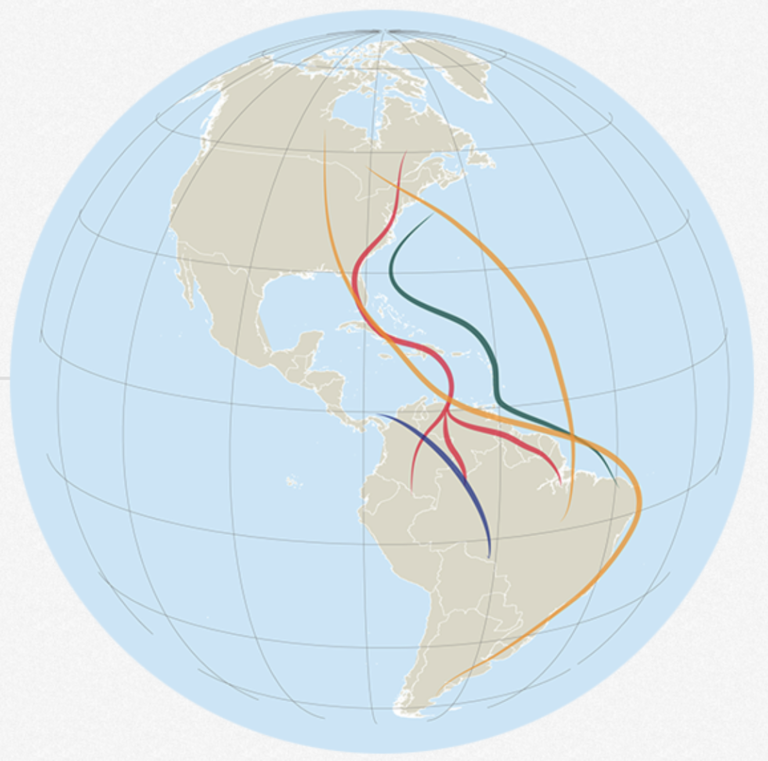Home | Background | Methods | Study Sites | Implementation | Resources | Training
Implementation: Resources to Get You Started
Page Navigation

Selecting a Behavior to Promote and Identifying the Benefits and Constraints
In the initial step of CBSM, researchers or practitioners identify the specific behaviors they wish to promote within the target community–which in our case is leashing dogs on the beach or walking around flocks of birds. It is crucial to select behaviors that are realistic, achievable, and align with the community’s values and priorities. Once the target behavior is identified, the next step involves understanding the constraints that prevent people from adopting these behaviors and the benefits associated with making the desired changes. These first two steps are essential because they lay the groundwork for the entire CBSM process. The behavior change strategies implemented during the campaign will be tailored to address the specific needs and concerns of the community identified in these steps.
Developing a Strategy and Piloting
In the third step of CBSM, implementers design strategies to effectively promote the desired behaviors within the community. The goal is to address the identified constraints from step two and emphasize the benefits to motivate individuals to adopt the new, shorebird-friendly behavior. Next, practitioners or researchers pilot their strategies on a small scale to identify any issues or areas of improvement before implementing the campaign more broadly. These steps are essential for influencing the target audience to adopt the desired behavior by carefully crafting strategies that translate the understanding of benefits and constraints into practical action. Piloting helps implementers assess how the community responds to the interventions to ensure that the final campaign is well-tailored to the audience and effective at promoting the target behavior.


Evaluating and Implementing Broadly
In the final step of CBSM, the effectiveness and impact of the behavior change campaign are assessed. Various methods are used to measure the extent to which the targeted behaviors have been adopted by the community. While community-level changes in behavior are unlikely to be observed until years after continued dedicated efforts, monitoring can help track progress over time and provide valuable feedback that can be used to adapt campaigns and inform future endeavors.
Here, find templates and ways to track metrics of engagement to keep track of campaign success.





